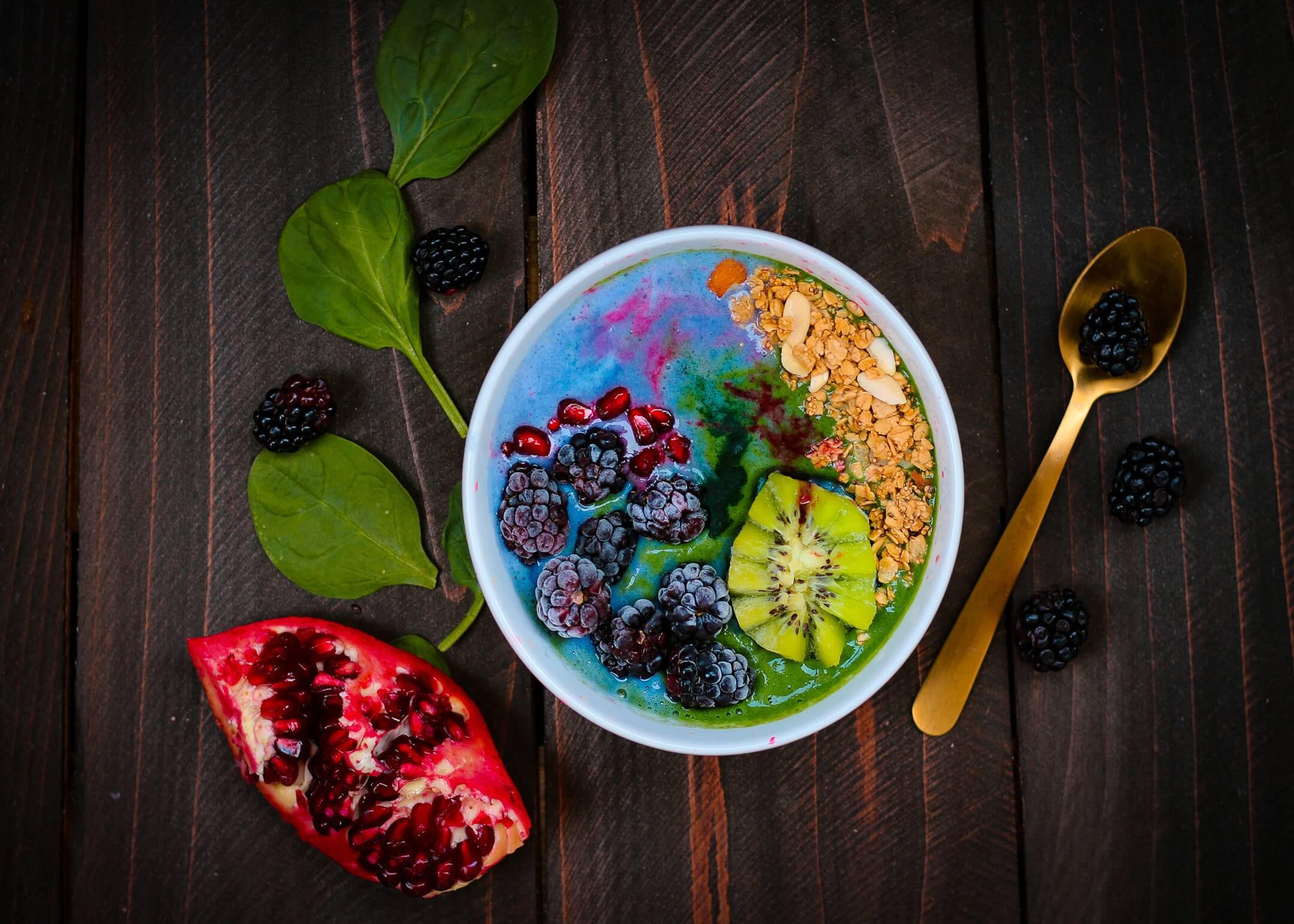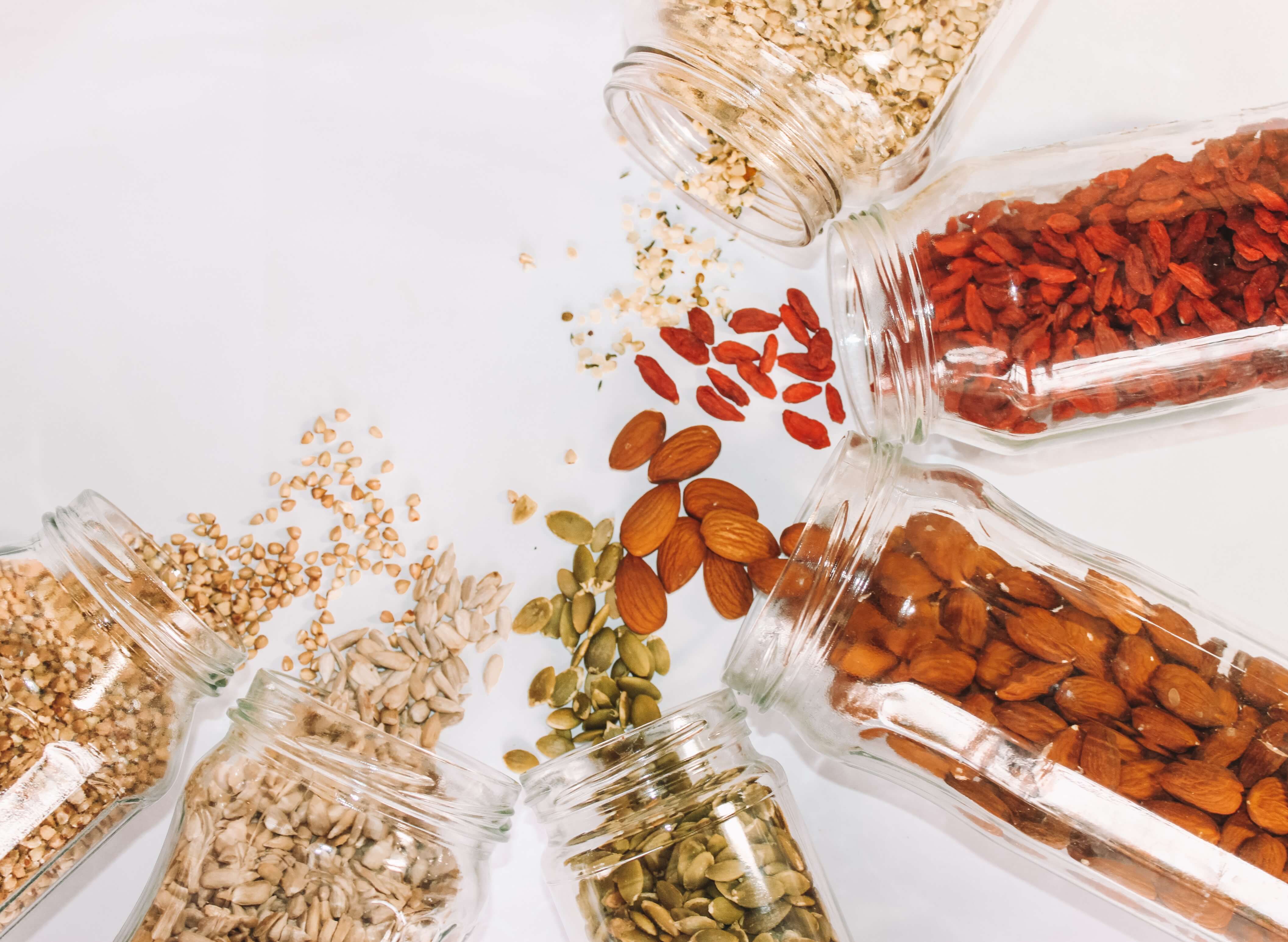Blue zones: secrets of the longest-lived people
Have you ever wondered who the people are that live the longest on the planet? Are they doing anything different and if so, what is their secret? Is it all genetics or do lifestyle factors play a major role as well? I am happy to say that while genetics are responsible for a part of your overall health, most of it is due to lifestyle habits.
Dan Buettner and colleagues have been interested in answering these questions for a long time. They have studied where the longest-lived populations are and what they do. They pointed out 5 demographic areas and called them, "Blue Zones". By studying them, looking at what they eat and how they live, we can learn something that may benefit our lives too.
Wait, why are they called blue? Simply because when Buettner and his colleagues were searching for these areas, they drew blue circles around them on a map :)
Okay, moving on.
Where Are The Blue Zones?
- Okinawa, Japan
- Ikaria, Greece
- Sardinia, Italy
- Nicoya Peninsula, Costa Rica
- Loma Linda, California
These 5 areas of the world share a number of practices and habits that, altogether, are thought to confer health benefits, longevity and happiness. They do not only live longer but are also healthier! They have lower rates of chronic diseases such as Alzheimer's, cancer, depression and dementia.1
To put a more specific example, a study followed the life of 12 supercentenarians (people from 99 years old) in Okinawa. They found that these people had an exceptionally healthy aging phenotype, where diseases only appeared later in life (after 105 years old). Cataracts and fractures were the more common types of diseases, while heart disease, stroke, cancer and diabetes were almost non-existent.2 Another study showed lower mortality rates from coronary heart disease and cancers in Okinawans when compared to Japanese and Americans. They related this finding to a healthy lifestyle, which includes a lower-calorie diet yet nutritionally dense, full of phytonutrients, omega-3 fats, flavonoids and anti-inflammatory substances.3

What Foods Do They Eat?
All 5 populations follow a 95-100% plant-based diet. The specifics differ between them but generally, they eat whatever fruits, vegetables, grains, legumes, nuts and seeds are available and in season. Moreover, they consume these foods in their "whole form" or minimally processed (like tofu and olive oil). Instead of taking supplements or vitamins, they get everything they need from nutrient-dense, fiber-rich whole foods.4, 5, 6
A diet full of plant-based foods is necessary for a healthy microbiome. Our gut bacteria thrive on plant-derived compounds. Byproducts of their metabolism are very important for our health, such as the well-studied short-chain fatty acids (SCFAs).

Let's dig into the details of each food group:
- Meat: in 4 of the 5 Blue Zones, people consume meat, but they do it rarely, just as a celebratory food. Instead, many blue zones consume tofu or tempeh, high protein soy-based products.
- Fish: they usually don't eat much of, but when they do, they choose for sardines, anchovies and cod. What is special of these fish? Well, they are in the middle of the marine food chain. This means that they are less exposed to the high levels of mercury and other substances than other species.
- Dairy: the Ikarian and Sardinian Blue Zones do consume some fermented products (yogurt, sour milk and cheese) of goat's and sheep's milk.
- Eggs: eggs are consumed in all the Blue Zones, about 2-4 times a week. However, Blue Zones' eggs come from chickens that range freely, eat natural foods and don't receive hormones or antibiotics. Therefore, these eggs contain more omega-3 acids.
- Beans: this food group can be called a superfood. It is heavily consumed in all the Blue Zones, being eaten 4 times more than an average American does. Beans are an excellent source of fiber, protein and are incredibly nutrient dense foods. The recommended dosage would be at least a 1/2 cup of cooked beans daily.
- Nuts: the people of the Blue Zones eat about 55 grams a day (2 handfuls).

- Bread: they only eat sourdough or 100% whole wheat bread. Sourdough bread is produced by fermentation of the starches and gluten. The resulting bread is known to lower the glycemic load of meals, making the meal digest slower.
- Sugar: on average they consume 28 grams (7 teaspoons) daily, but it comes from fruits and vegetables, not from added sugar.
- Drinks: coffee is being drunk is quite big quantities. Science has linked coffee consumption to many health benefits.7 So, don't ditch it if you like it! Another drink that is consumed in all the Blue Zones is tea, also linked to positive health outcomes.8 And what about red wine? People in the Blue Zones drink 1 to 3 small glasses of red wine daily.
Subscribe to our blog, get notified when we release a new post and receive a shopping list to heal your gut for free!
So, That Is It? Is It All About Food?
Not really. These communities move a lot every day. They like to have an active lifestyle by going for walks or attend group exercise sessions.
Family and friends are very important in their life. They build meaningful and strong social circles and are committed to their families.
The Blue Zones also take time to de-stress by practicing yoga and meditation. They try to be in the moment and aware of their surroundings. All these actions lead to lower levels of stress and increase overall happiness.
Ready to implement some, if not all, of these healthy habits of the Blue Zones? You can start by cooking some "live-longer" recipes! You can find some ideas on this website.